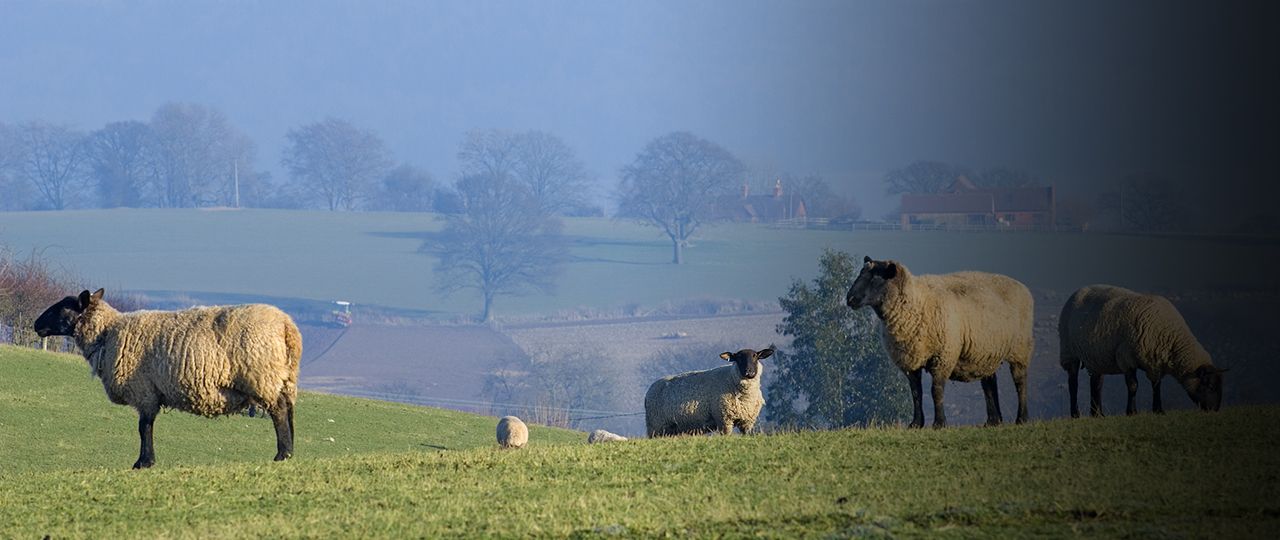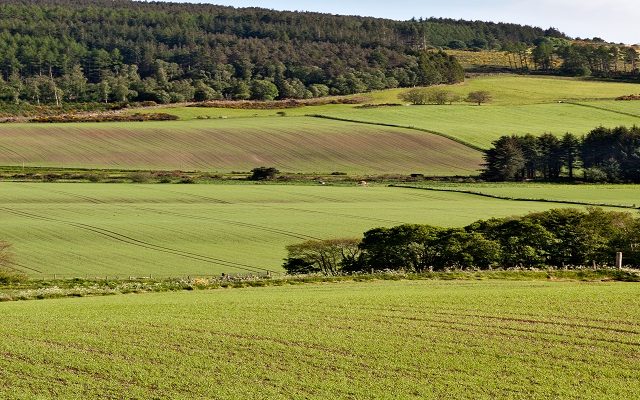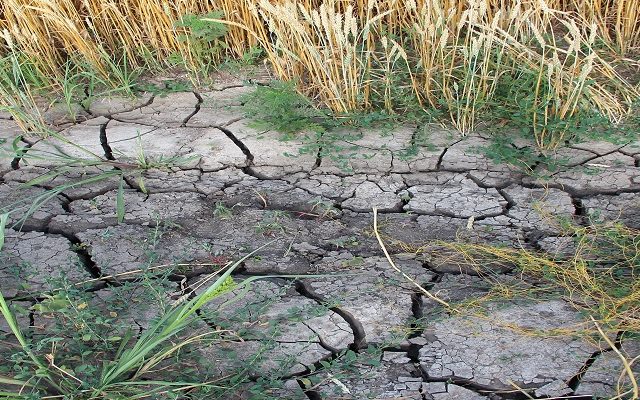Farming Update | Winter 2018
Welcome to this quarter’s Farming Update, which is produced by our Farming Research Group and reports on market and administrative issues that affect farmers’ business decisions and on which they may need to act.
Arable crops
Global: Wheat
The global picture this autumn is dominated by the dry conditions in northern Europe and the drought in Australia both of which have reduced the competitiveness of their respective wheat sales to the global market and left space for competitors, such as Russia, to increase their market share in Asia and Africa. Australia has diverted much of its crop back to their domestic market (rather than export) to help provision the country during the drought.
Remaining stocks from last year’s record breaking harvest in Russia are helping to further boost an already respectable 2018 harvest and making Russian wheat very competitive especially at a time when European and Australian wheat has lost market share.
The USA has also had a good year in terms of wheat production but is competing with Canada for market share, both are sitting comfortably though, due to the gaps left by other major producers and the continued increase in global consumption.
Global: Oilseeds
The biggest ripple in the global market of oilseeds has been made by the trade tariff stand-off between the USA and China. It has meant that the USA, which usually exports large amounts to China, has had to offload its soya harvest on the rest of the world. Soya bean output in the 2018/19 marketing year is set to exceed consumption, leading to ample supplies.
UK
Domestic prices reached highs of around £180/T for feed wheat and over £210/T for malting barley during the summer/early autumn (for November 18 deliveries), as reports of poor yields from across Europe reduced EU crop estimates and fanned flames about the prospects for the UK crop. Since then the wheat price has dropped back in the UK in part because of world supply including in particular Russia (see above) but also because the two large bioethanol plants Vivergo and Ensus have shut up shop. Vivergo is reportedly stopping for good, whereas Ensus is not thought to be a permanent shut-down. This is expected to release up to one million tonnes of wheat back onto the UK market, and so it was not surprising that the wheat price dropped £5/T in the week that the second (Ensus) closure was announced.
Looking ahead to the 2019 crop, the forward prices look relatively attractive despite recent falls; 2019 prices were carried higher over the past year by the 2018 values (which were based on concerns about supply and other uncertainties in the markets). With good conditions throughout much of the northern hemisphere this autumn, analysists are optimistic about the likely size of the 2019 crop (for example the IGC is forecasting an increase in the world wheat area for the 2019 harvest), and if that comes to fruition then the regional markets will be well supplied, leading to falls in prices which will be particularly relevant if the UK is having to export wheat due to strong domestic production. Forward selling a proportion of wheat (10%-30% of a conservative yield estimate) at or above £150/T may be a prudent move.
Brexit is adding to the uncertainty around the markets and, as such, merchants are offering to buy wheat forward from the 2019 harvest on ‘tariff free’ prices. A tariff free price means that the price agreed will be honoured, and the wheat will be used within the UK. The market for forward selling malting barley remains very limited, because such a large proportion of the UK crop is currently exported into mainland Europe, and so should tariffs be imposed by the EU they will inevitably impact the ex-farm values.
2018 Harvest
Harvest 2018 was characterised by good autumn crop establishment followed by a prolonged winter which delayed spring drilling and subsequent drought conditions lasting into August. East Anglia saw only 57% of the 1981-2010 average summer rainfall, whilst the UK overall received 73% of the average. The UK mean spring temperature was 1°C warmer than the average, with 115% of the average sunshine hours.
The implications of the difficult season are widespread. The main ‘winner’ in the Strutt & Parker 2018 Yield League Table is winter barley, this saw the average yield rise to 7.77t/ha in comparison to the five-year average of 7.55t/ha.
The average winter wheat yield in our league table was 8.47T/ha, i.e. 12% below the five-year average of 9.37t/ha, as crops suffered from lack of moisture at grain fill.
Quality was good, for both milling wheat and malting barley, and while milling wheat premiums fell to around £10/T, malting premiums have remained firm, at around £25-£30/T. In the last few days, merchants have warned of germination issues in several batches of previously tested malting barley. As such we would recommend that sellers re-test stores before out loading in order to ensure that barley sent off-farm is fit for purpose.
Winter oilseed rape saw a 0.1t/ha reduction on the five-year average, as the crop struggled to maintain the number of seeds set per pod. The sample size for oilseed rape yields was 24% higher than in 2017, indicative of easier conditions for establishment in autumn 2017 in comparison to 2016. Conversely, the number of responses for spring beans fell by 62% suggesting reduced crop plantings, either a result of planting another spring crop or successfully establishing a winter crop, and perhaps a factor of revised Greening rules.
Oats also saw a reduction in yield in comparison to the five-year average. Winter and spring oats fell by 0.3t/ha and 1.31t/ha respectively.
The trend for 2018 was that spring crops were more affected by the challenging season than winter crops because the latter established well in the autumn and developed good root structures to help find moisture during the dry summer.
Also in this quarter’s update
- 2019 crop establishment
- Livestock update
- Fertiliser and fuel update
- Policy and regulation news
- Farm business news






